
Support Team
Feedback:
support@nextpcb.comThe process of making bonds to attach the metallic parts with solder by melting and solidification is widely known as PCB soldering. It is popular and widely used as the bonding can be done between mechanical and electrical components. Also, it acts like the welding process for electrical components with the bond created. This process does not disturb the electrical performance.
To make practical joints for electrical circuit connections, this method is useful. Also, this process has wide applications in automotive and metal works. The other bonding processes can fix those connections that couldn't fix properly by the soldering application. Therefore, soldering has made its base for bonding applications.
This article summarized the soldering material fluxed used in soldering. Besides, it also explains the tips and techniques for the PCB soldering process.
In this article,
Soldering includes the melting and solidification of the metal for the creation of bonds. To make the connection, the melted metal creates strength after the solidification. So, the melting process is initiated for the applied soldering material. In general, heat is provided for the melting of the metal. Therefore, the melting point of the metal matters in this process.
Also, the process requires the balance of the application area of the soldering. To make soldering effective, soldering materials and processes are maintained. That's why the selection of the soldering material is also vital for proper soldering. The heat also impacts the quality of soldering as the thermal interaction occurs between the melting material and the soldering surface of another material.
Additionally, quality isn't just about the act of soldering—it starts much earlier. Standards like IPC-J-STD-001 helps regulate soldering practices, IPC-A-600 (Acceptability of Printed Boards) define visual and structural criteria for bare PCBs, while IPC-6012 (Qualification and Performance Specification for Rigid PCBs) sets performance and reliability thresholds for manufacturing. Together, they ensure that boards are inspection-ready and durable before any soldering even begins.
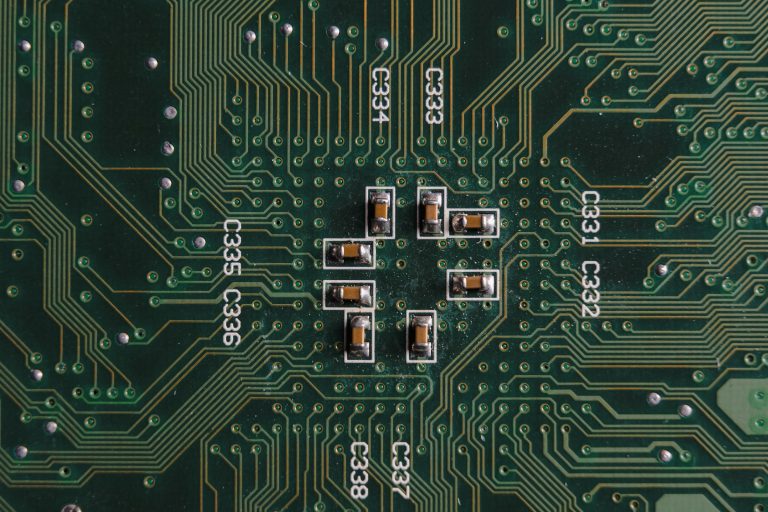
The major tools involved in soldering are solder, solder tips, solder flux, solder flux pen, paste, solder wick, seal, solder sucker, cutter, soldering gun and gun stand, etc. These materials are used upon the soldering metals for bonding, which soldering accessories can further aid.
Generally, the basic soldering materials can be soldering iron, soldering wire, and flux.
A soldering iron's significant sections are an element, handle, and bit. It converts electrical energy into heat energy. Thus, the joint forms when the heat turns the soldering metals into a molten form. Its shape is a pen-like structure, which further eases heat application to the solder metal. From the tip of the soldering iron, heat then transfers.
The low melting point material is used as a solder wire for the property of quick melt. The material also requires the solidifying property when cooled to create a bond. The alloy material is common for the solder wire consisting of Tin (Sn) and leads (Pb), generally in a percentage of 60 and 40, respectively.
The flux aids in the soldering for better quality. Thus, it is also known as solder paste. Also, the flux surface of the metal is cleaned with flux to prevent oxidation. Further, the soldering quality also determines the age of soldering. Therefore the soldering flux also plays a significant role in the soldering process.
Flux is important in PCB soldering as it cleans and gives a better soldering result. Therefore, one needs to select the flux carefully. The applied flux prevents the oxidation process. The soldering paste named flux removes the impurities on the soldering surface.
Flux is a component of solder paste and solder wire used for electrical soldering. This helps to keep the surfaces being soldered clean and stops the hot solder from oxidizing.
The composition will change whether the flux is in a paste, wire, led, or unleaded solder. The major contribution of the flux is that the wettability improves, and the mechanical and electrical permanent joint is permitted for molten solder.
So, the flux should also positively respond to temperature because of the heating process involved in the PCB soldering process. While using the flux, you need to clean the surface and remove the metal oxides from the metal surface coating.
Some popular fluxes are Rosin flux, organic acid flux, and inorganic acid flux. Rosin is typically found in solder wire. At the same time, organic acid and inorganic acid flux are from organic and inorganic acids, respectively. The organic acid flux is also called organic water soluble flux. Soft soldering uses this kind of flux.
Organic acid PCB soldering is effective in the oxidation removal of metals, whereas the inorganic acid flux requires the pre-removal of corrosive residues. Thus, the use of inorganic acid flux can aid non-electrical PCB soldering. After all, all these fluxes are the cleaning factors and preventing from oxidation for the betterment of the soldering.
Soldiers used in PCB are of 4 types based on their composition. Those are as given below:
These are soft solders since the melting point is between 180 to 1900 °C. This low melting point achieves due to the tin mixing with lead in a ratio of 60:40. The tin works as an alloy because it increases tensile and shear strength.
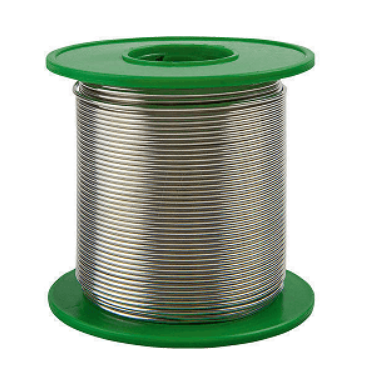
Due to the toxic nature of lead, it is better to avoid using lead for a healthy environment. There is no lead in this type of solder. Lead-free solders have comparatively higher melting points than lead alloy solders.
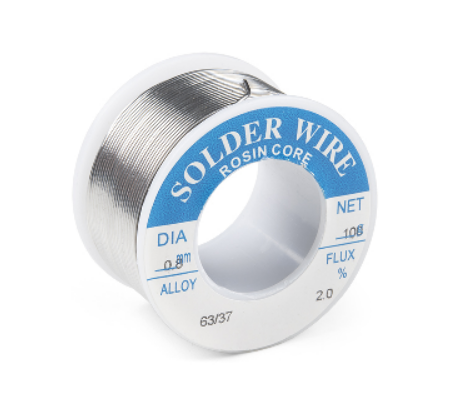
The flux is present in the form of the solder wire, and the soldering process includes the cleaning of the metal surface. It removes the oxidized layer. This solder also enhances the wetting properties of the solder. For the flux, rosin is commonly used as a flux, and acid cores are used for joining metal and plumbing.
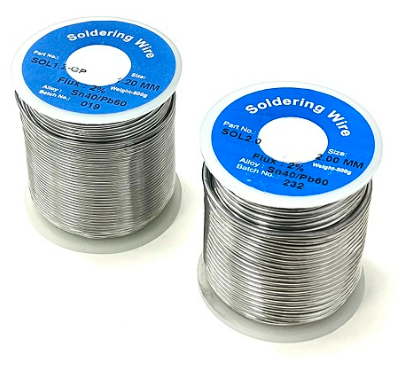
The silver content is present in the mixture of alloys in different ratios. This type of alloy is either lead-based or lead-free. The solder contains the silver from the silver plating. The cost of solder depends on the silver ratio present in the alloy.
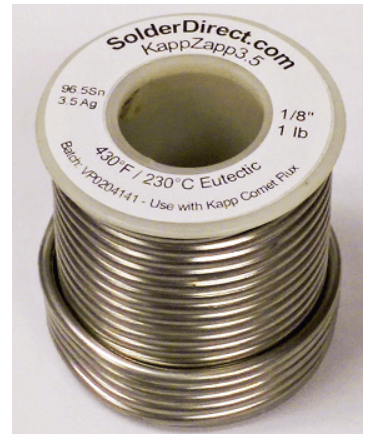
Soldering makes practical joints for the Printed Circuit Board design as the electrical components are joined on a circuit board. The soldering process makes necessary circuit connections and provides electrical connections. The followings are the major PCB soldering processes:
This is a manual process using the soldering iron. This process requires the heating of solder and melting both in a lower range compared to other processes. Therefore, soft soldering prefers the had soldering method. Hand soldering requires proper skills and practice for maintaining good quality boards. However, this process is not applicable to higher temperatures, heavy load-bearing connections, and stronger joints.
It is done by the parts preheating and melting the solder. The reflow of the solder provides the solder joints used in this process. It is also known for the mechanical method of PCB soldering. The process proceeds as preheating, thermal soak, reflow soldering, and cooling. This process is mainly used for small-scale soldering requirements. This process is easy but only suitable for simple boards and high-scale manufacturing.
This process is applicable for mass soldering circuit boards in the remarkable period. Machines are used for the creation of waves for soldering. Like reflow soldering, this process includes preheating, wave soldering, and cooling steps but was initially started by flux spraying for metal surface cleaning.
For the best possible contact during the soldering, soldering iron tips come in various sizes and shapes, and most tips have chisel or conical forms. It is selected for whichever variety suits the most because the shape is largely a personal opinion.
You can choose the tip's size so it can place against the soldered junction without interfering with neighboring components. For the solder to melt and flow correctly, the bigger tip is required to conduct adequate heat into the joint.
Contamination on the tip may prevent thermal conduction from the tip to the joint. A solder that has oxidized or been exposed to burnt flux can produce this contamination. Tip cleaner should clean the tip to ensure the best thermal contact. A wet sponge and brass wire wool are the two sorts.
The tip temperature may briefly drop as a result of this technique. Finally, you can remove the contamination using mechanical abrasion and connecting contaminated solder to the brass wire wool.
the heated solder will emit fumes, which are probably bad for your health. A well-ventilated workspace is acceptable for occasional soldering, but there should be a fume extractor for prolonged or frequent exposure. You should wear eye protection when soldering because solder flux can cause the solder to spatter.
Despite having a comparatively low melting point, solder is more than hot enough to burn persons or objects severely. When the soldering iron is on, you must only hold it by the insulated handle and never touch the heated element or tip. Even after turning off, the soldering iron still remains hot, thus make sure it is cold before handling it.
Lead is a dangerous substance that is present in leaded solder. It is likely necessary to handle this type of solder to use it, which increases the risk of skin contamination. Although it is unlikely that the lead will be absorbed directly via your skin, if it is conveyed through handling food while your skin is contaminated, it could still be consumed. Always thoroughly wash your hands before handling or consuming food.
When heated during soldering, solder flux emits fumes that could be hazardous if ingested. To prevent breathing in fumes, use a fume extractor.
When heated, flux and solder can spew or splatter. When soldering, always wear safety glasses to safeguard your eyes. Electric soldering irons are plug-in items and must comply with safe stands or holders.
Plug-in gadgets like electric soldering irons require a current safety test sticker. The test will verify that the soldering iron complies with electrical safety regulations and is in good condition. Before using, you should carefully inspect the soldering iron to ensure no visible flaws, such as exposed conductors, melted insulation on the lead, or broken or cracked handles.
The tip and heating element are two exposed metal components earthed for electrical safety. Avoid soldering on live equipment; contact with the earthed tip could lead to soldering iron or equipment damage.
The significant steps of PCB soldering are as follows:
Iron prepares the proper heat transfer. The heat applied to the tip's full limit will melt the tip. For an effective heat transfer process, the tip requires proper coating. This will avoid the solidification of the flux on the tip.
Before soldering, the surface should be neat and clean. To ensure proper soldering, you need to clean the surface properly.
The placement should be proper, and the position should also be correct. So, to complete soldering without trouble, it is essential to place components correctly.
The heated iron tip should transfer the heat to melt the solder. The heat balance is also necessary to ensure the solder won't stick. Overheating requires proper checking and avoid with necessary, timely cooling and caution if required.
The heated tip is then applied to the solder, and the joint is formed slowly with the heating and cooling. The solder material is melted using heat. It should also balance the spacing and the removal of the iron for quality soldering. The cooling of the melted solder then forms a joint.
Thus, soldering is applicable to join electronic components, plumbing, metal works, and other vital sectors like jewelry. The process is widespread in electronic appliances and machine tool assembly. It is an easy and effective method for the normal process and a cost-effective approach.
NextPCB offers the best soldering technique with proper finishing. Besides, we also offer high-quality PCB with timely delivery. We are a cerfified PCB manufacturing and service-providing company. You can contact us whenever you feel easy. We are happy to help you.
Still, need help? Contact Us: support@nextpcb.com
Need a PCB or PCBA quote? Quote now